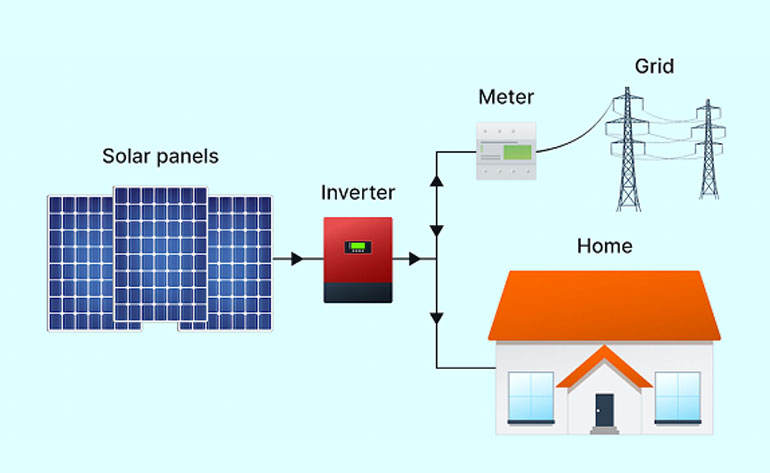Grid-tied solar systems are the most popular type of renewable energy setup.



A grid-tied system uses solar panels to generate electricity from sunlight. Excess power is exported to the utility grid, and similarly, when the household requires more power, those needs are met by imports from the grid.
Despite growing interest in battery technologies, most homeowners going solar today still opt for installing a grid-tied set up on their roofs.
So how do grid-tied solar systems work, and why are they so popular? More importantly, are they the right kind of system for you? Take an in-depth look at this system type which will help you answer those questions.
Grid-tied solar systems are the most popular type of renewable energy setup.
Grid-tied systems can make use of net metering, a process in which they export surplus power to the utility grid in return for bill credits.
Grid-tied solar systems have many advantages: they are the most cost-effective solar system type and are less prone to failure.
Hybrid and off-grid systems are also options, but grid-tied systems are the best choice for most homes.s